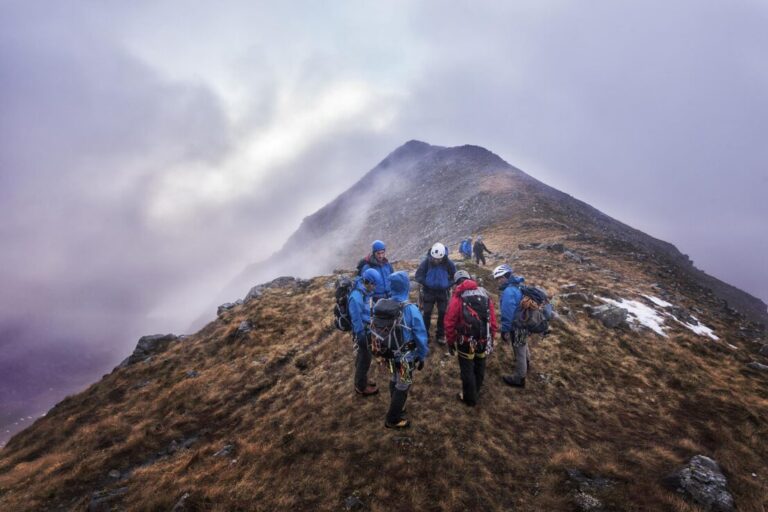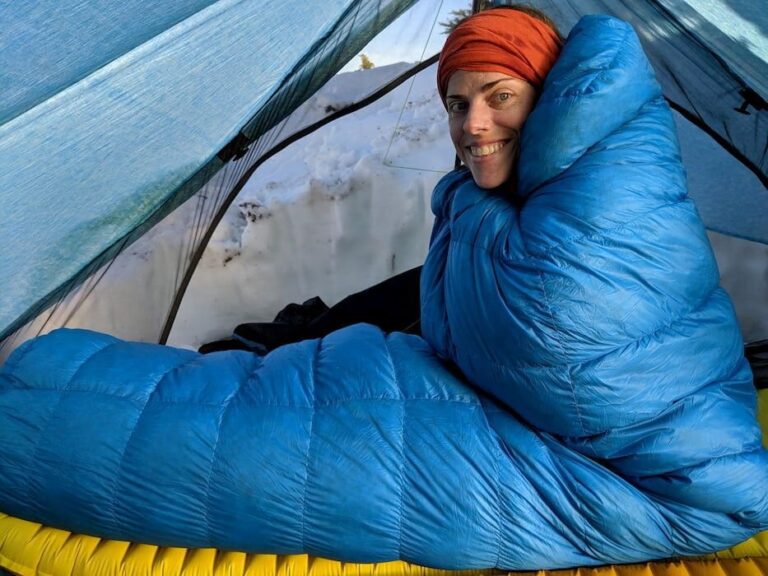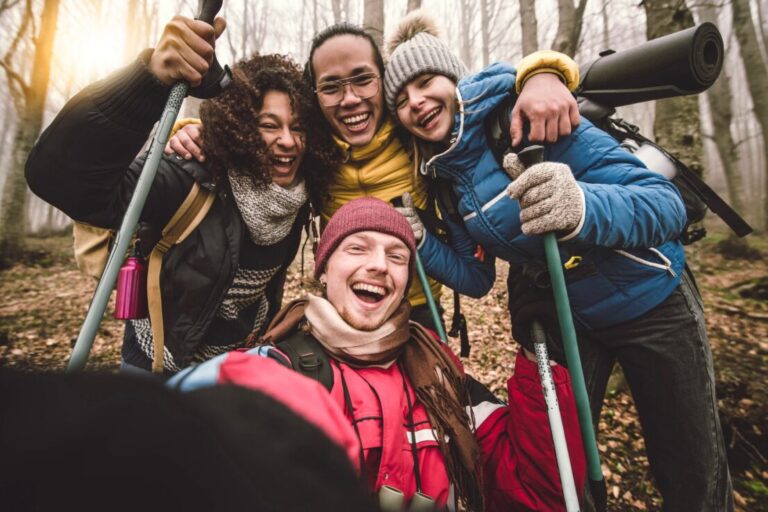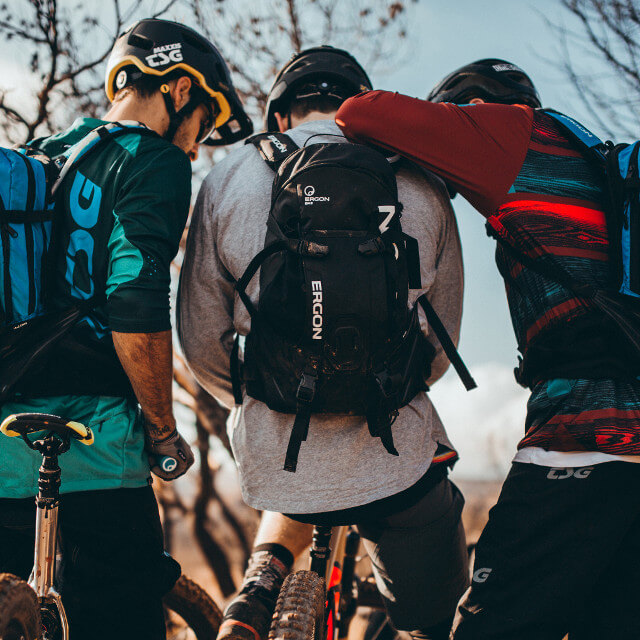Mountaineering is an exhilarating and rewarding pursuit that combines physical challenge with breathtaking natural beauty. If you’re keen to scale new heights—both literally and metaphorically—here’s where to start your mountaineering journey.
1. Get Educated
Before you strap on those boots, immerse yourself in the world of mountaineering. Books such as “Mountaineering: The Freedom of the Hills” offer invaluable insights into the technical and strategic aspects of climbing. Online courses or local workshops can also provide a solid foundation in necessary skills such as navigation, survival, and weather assessment.
2. Start with Basic Fitness
Mountaineering demands a high level of physical fitness. Begin a regular training regimen that includes cardiovascular exercise, strength training, and flexibility exercises. Hiking is a great way to build endurance while getting comfortable with uphill terrain.
3. Learn Basic Skills
Certain skills are crucial for mountaineering, even at a beginner level. Consider enrolling in a basic mountaineering course to learn about:
– Navigation: Reading maps and using a compass.
– Weather: Understanding weather patterns and their effects.
– Leave No Trace Principles: Preserving the environment for everyone.
– Basic Climbing Techniques: Ropes, knots, and belaying.
4. Gear Up
Investing in the right gear is essential. Begin with the basics:
– Footwear: Reliable hiking boots for varied terrain.
– Clothing: Layered clothing that is moisture-wicking and weather-appropriate.
– Backpack: A sturdy backpack with essentials like food, water, a first aid kit, and navigation tools.
– Safety Equipment: Helmets, harnesses, and ropes when needed.
Remember, quality gear can make a significant difference in safety and comfort.
5. Join a Community
Being part of a mountaineering community can be hugely beneficial. Join local clubs or online forums to meet like-minded enthusiasts. This network can be a source of advice, shared experiences, and opportunities for guided climbs with more experienced mountaineers.
6. Go on Guided Climbs
Consider starting your climbing experiences with guided tours. Professional guides provide not only safety and assurance but also teach skills in a real-world environment. Popular beginner peaks, often part of guided experiences, include:
– Everest Base Camp
– Kilimanjaro
– Mount Toubkal
7. Set Realistic Goals
Set achievable goals to maintain motivation and progress safely. Start with hills and progressively work your way to more challenging terrains. Remember, every mountaineer started with small steps.
8. Understand the Risks
Mountaineering carries inherent risks. It’s essential to understand and respect these risks by taking appropriate precautions and knowing when to turn back.
Beginning in mountaineering is as thrilling as it is demanding. By educating yourself, building your fitness, acquiring basic skills, and connecting with others, you lay a strong foundation for your adventures. Enjoy the climb and respect the mountains—they have a lot to teach!
Stay safe and enjoy your journey upward!










